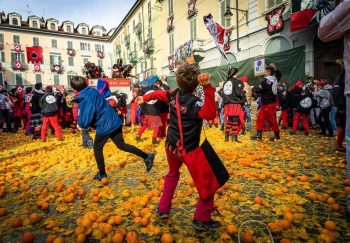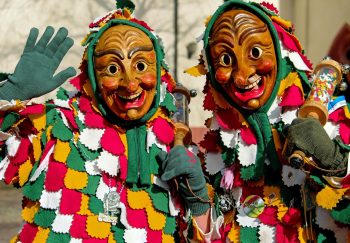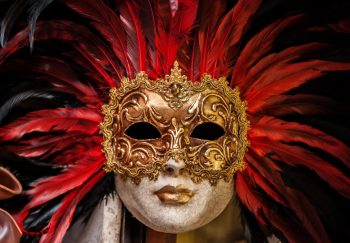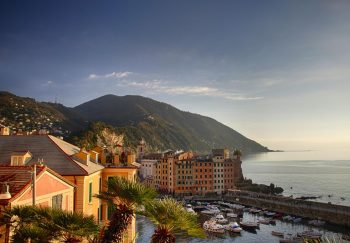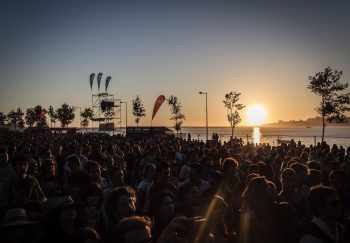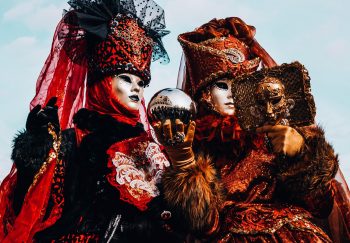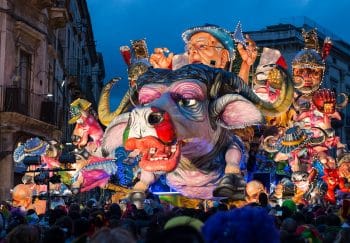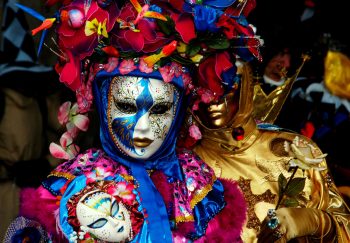It’s very likely that Venice is the first place you think of when you think about “Italy” or “Carnival”. Although there are many good reasons to celebrate Carnival in Venice, it’s not the only place in Italy where you can do so with gusto.
Here is a look at the history and most memorable celebrations of Carnival in Italy. Since Venice is the most famous, I will start with it. The destinations will be listed alphabetically.
What is Carnival in Italy?
Carnival isn’t just one of . It is a Catholic holiday and takes place just before Lent begins, 40 days before Easter. It was historically the last opportunity for Catholics to indulge before giving up meat (traditionally) for Lent. However, today, people don’t have to give up meat for Lent. Italian for “Carnevale”, the festival’s name is Carnevale. The word “carne”, which means meat, in Italian. Other Carnival celebrations around the globe may be familiar to you, such as Mardi Gras New Orleans or Carnival Brazil.
The oldest Carnival celebrations were held in Italy in the middle ages. However, there are many pre-Christian celebrations that may have inspired the Christian ones. Some believe that Carnevale is a result of ancient Roman festivals. Carnevale celebrations are held all over Italy so you will likely see masks, costumes and other festivities no matter where your location is. However, the following cities host the biggest Carnival celebrations.
Reader Jill shared with me about a Carnevale that took place in Foiano della Chiana where her husband was born. I had never heard of it, and then she discovered a video showing the huge floats! Jill, thanks for the tip!
Carnival in Venice
Venice‘s Carnival dates to 1268, making this the oldest Italian Carnival. Although it’s not the longest-running carnival, Napoleon banned it in 1797. It was not reinstituted until 1959. Carnevale in Venice today lasts approximately two weeks and is a frenzy of elaborate costumes and masks as well as grand balls. Gondola parades are held at the Piazza San Marco, as well as costume contests. Official kick-off occurs with the Volo dell’Angelo or “Flight of the Angel”, when a costumed woman “flies,” (is suspended on a cable) from the Campanile to the square below.
Carnival in Acireale
Acireale, a Sicilian town, is well-known for its beautiful decorated parade floats made of papiermache and flowers. Although Acireale’s Carnival dates back as far as the 16th century the parade floats were only introduced to the festivities in 1930s. Acireale’s floats have been a major part of the carnival’s history. Most of them are caricatures or homages to historical figures.
Carnival in Cento
Although Cento has had its first Carnival celebrations since 1615, it was not until 1993 when the city linked its Carnival with the one in Rio de Janeiro that the event became so popular. Cento’s Carnival is very similar to a Brazilian Carnival. It features parade floats that are inspired by those in Rio. The Carnival’s winner float is actually flown to Rio for the Carnival.
Carnival in Fano
Fano’s Carnival celebrations are for one month. They include masks and costumes as well as grand balls. It is one of Italy’s oldest, with a history dating back to 1347. Recently, it is known for its parade floats made of papier-mache. Parade-watchers receive hundreds of pounds of candy from these floats each year. Spectators often use their candy haul to attack one another.
Carnival in Ivrea
Although Ivrea’s unique take on Carnival has made it a well-known entity, many don’t realize that it is part of the country’s Carnival celebrations. The Battle of the Oranges is the culmination of the festival. It was established in 1808 but it is an allegory for an event which took place in the 12th Century. According to legend, a duke tried to assert his “jus primae-noctis” right. This supposedly allowed medieval lords to claim the virginity and marriage rights of serf women on their wedding night. However, she refused to give up and killed him. The people set fire to the palace after he died.
People today play the role of the duke’s army or the rioting crowd (known locally as “Aranceri” or “orange throwers”) using oranges for ammunition. The men of the duke ride on the backs of carts while the Aranceri walk down the street, throwing oranges at each other. Just before Lent, the Battle of the Oranges continues for several days.
Carnival in Milan
The Carnevale Ambrosiano is Milan’s Carnival. It is named after the Ambrosian Rite, which states Lent begins and ends four days earlier than the Roman Rite. The Carnival celebration dates in Milan are therefore slightly different from elsewhere in Italy. You can find costumes and parades in Milan, while bakeries in Milan make deep-fried sweet dough called chiacchiere.
Carnival in Oristano
Oristano, Sardinian celebrates Carnival in masks and costumes just like other cities. However, there is also an equestrian component to the celebrations. Sa Sartiglia is a horse race that sees masked and costumed riders race toward a target through the course of which they must thread their sword. It’s a similar sport to a joust except that the riders aim for a target with a star-shaped metal and hang from a ribbon. Oristano’s Carnival also features a parade on horseback called La Pariglia with some riders performing acrobatic stunts.
Carnival in Pont Saint Martin
Pont Saint Martin is located in the area. It celebrates Carnival “Roman Style” with characters such as a Roman Consul and nymphs. It was established in 1902. Many celebrants wear Roman togas with their Carnival masks.
Carnival in Putignano
Putignano, Puglia’s Carnival celebration began in 1394. It is also one of the longest. It often begins the day after Christmas. The town’s carnival festivities feature costumes, masks, and huge papier-mache figures that are attached to parade floats. On the main stage in the town centre, poets read satirical verses. There are also four major parades.
Carnival in Verona
Verona celebrates Carnival with costumes and parades. During these parades, candy is given to parade watchers. The festivities of Verona date back to 1531 and are among the most ancient in Italy. On the last Friday of Carnival, the final parade takes place. It’s also known as Venerdi Gnocolar – “gnocchi Friday” in Verona. Everyone eats gnocchi on that day.
Carnival in Viareggio
Viareggio’s Carnival lasts for a month and is considered one of the most important. The parade of huge papier-mache carts through Viareggio’s town is an example of this tradition, which dates back to 1873. These floats often feature animated figures that are always intricate and detailed. The revelers wear masks and costumes, and there are concerts and masquerades almost every night. You can visit the Cittadella del Carnevale di Viareggio, the city’s Carnival museum, year-round.
